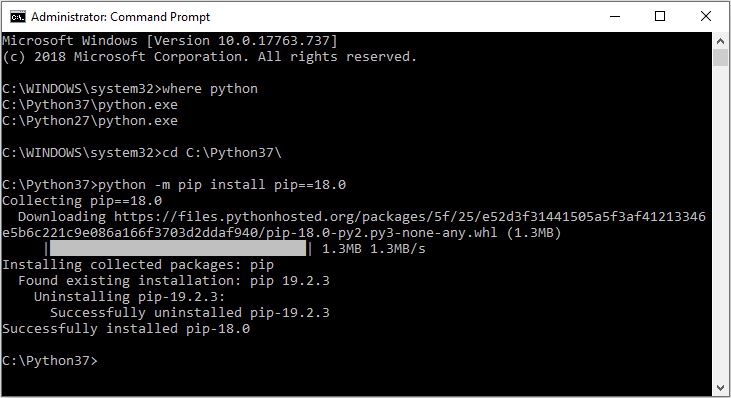

Pip comes packaged with Python setup on Windows. On Ubuntu, if pip is not pre-installed on your system, you can install it using an apt tool as: Once completes, install pip using yum as: Then run yum update to update your packages. First, we need to enable epel-release repository as: On CentOS, we can use yum to install pip if it is not pre-installed on the system. Use the below command to check whether pip is installed: You may refer to my previous article about installing Python 3. Pip is already installed if you are using Python 2 >=2.7.9 or Python 3 >=3.4 downloaded from or if you are working in a Virtual Environment created by virtualenv or venv.

In this article, we’ll cover installing pip on CentOS, Ubuntu, and Windows. It can install packages from Python Package Index (PyPI) and other supported indexes listing Python packages. Often, downloading them or keeping them updated is a challenge, especially if your project is huge or needs to maintain multiple such projects. Python has an extensive index of available modules and packages that you can use in your projects.


 0 kommentar(er)
0 kommentar(er)
